Conrad and Chris Davis, Roger Roberge and Mark C. Labonte are all on the ground — in the trenches, so to speak — of the local landscaping scene. They see the trends. The joy of a well-crafted lawn. The human errors.
Blueberry sod? Right now, it’s red hot. Ditto for “hardscapes.”
Home & Garden TV? Both inspiration and bane.
“Some of the stuff you see on HGTV makes you cringe,’” said Labonte, owner of Labonte’s Landscaping in Lewiston. “Their shows are designed in the South — some of those practices just do not work in Maine.”
All four men were willing to share some of what does, what to avoid and how to stretch your lawn dollar. For the latter, one mantra popped up again and again:
Plan before you plant.
“You think it’s common sense … but a lot of people don’t read directions,” said Roberge at Provencher’s landscape and nursery in Lewiston.
Trends and missteps
First, good news for the reluctant mower: The “shaggy” look is in.
Chris Davis at Davis Landscape in Lisbon said he sees more homeowners opting for 3- to 4-inch high grass to cut back on manual labor, use less gas and use less fertilizer (leave the longer clippings where they fall and the nutrients go back into the ground).
Another trend: “Eco-friendly is the new super thing. That applies big time to your typical lawn maintenance,” he said. “There’s a whole new breed of chemicals that are organic.”
His father, Conrad, said he can remember 20 years ago when a mother of quintuplets approached him wanting a nice, but organically treated, lawn.
“The result back then, to go with organic control, was mediocre at best and almost sliding toward poor and very expensive,” Conrad Davis said. With time, that’s gotten better.
Today, they’re also seeing more customers ask for blueberry sod instead of lawn for stretches of grass where homeowners don’t plan to walk much.
“It’s natural, very low-maintenance,” Chris Davis said. “It’s definitely more of an item suited for Maine because it does prefer an acidic (soil). When you look out, you have the green surface.”
Roberge said he’s seeing clients go out of their way to plant more native species and fewer invasives, which he applauds, and he’s seeing more people inspired by all the makeover shows to fix up the yards around older homes.
“You can change the whole look of a property by changing the landscape,” he said. “They get that, ‘Wow, this house could look so much better.’”
“Hardscapes” — walkways, patios and outdoor stonework — are also popular, Labonte said. “Pavers and retaining walls have been huge in the last four, five years.”
A word of caution, though: Hardscapes like patios need to have a 12- to 18-inch gravel base in Maine, not the 2 to 3 inches as seen on TV.
“They don’t deal with frost like we do,” Labonte said.
The biggest issue — and mistake — he sees is homeowners overwhelmed by overgrowth, a situation often of their own doing.
“One of my biggest gripes, if we spend 90 percent of the time indoors, why are we planting up against our foundations where we can’t see them?” Labonte said. “If you’re going to do that, you might as well plant around your neighbor’s foundation.”
That way, at least you enjoy the view.
Roberge said he runs into people who have greenery that needs shade but it’s been planted in the sun, or needs sun and is planted in the shade. Ditto with too much or too little water. Read the fine print, he said, and don’t be swayed by fancy magazine ads: “They’re basically trying to sell you a plant.”
Chris Davis said over-applying fertilizer, or applying the wrong kind, is the most common misstep he sees.
“That’s a mistake homeowners make, but it’s difficult not to do that. The industry’s set up, ‘one bag does everything,’” he said. Only, that’s not always the case.
Know your soil, he said, and build around it.
Before you part with your green …
How to get the biggest bang for your buck?
Consider tackling one 20-by-20-foot area a year, a technique called “phasing,” Chris Davis said. “Not only is it less of a financial draw, it’s less stressful. For people with a budget, that’s definitely the way to go.”
Labonte suggests putting money into one good plant instead of 10 just-OK ones — “I’m a strong believer in simplicity breeds elegance.” Or, he said, spend it on a consultation with a professional who can “read the landscape” and come up with ideas or a more formal plan. It can bring to light possibilities you wouldn’t have thought of and possibly avoid problems later.
One of his customers once wanted to put a hedge at the end of their driveway.
“I asked, ‘Do you plow or snow blow?’”
“Plow.”
“Where do you plow?”
“Um, right where we want to put the hedge,” Labonte said.
Sometimes removing plants and cleaning up the space can have the biggest impact, according to Roberge.
As for HGTV, it’s a great spot for ideas, Chris Davis said, and certainly gets homeowners’ imaginations going, but “they don’t tell you the price tag, which I think would leave people gasping.”
How to spruce up your yard: Pour over magazines, save your pennies and consult professionals, or win a contest.
Kathleen Boynton in South Paris won a Sun Journal/Provencher’s nursery and landscaping contest in June for a $2,500 yard landscape makeover. She opted for a wide, mulch-covered flower bed, bordered by stones, to highlight the new deck she’d just built on her mobile home. They also included a tree and walkway work.
It took about a day.
“I loved it,” Boynton said. “It’s just a lot of flowers that I enjoy. I put a birdbath out there. I love to watch the birds.”
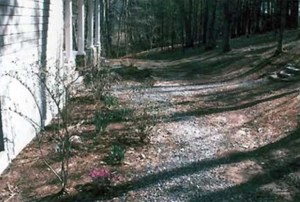
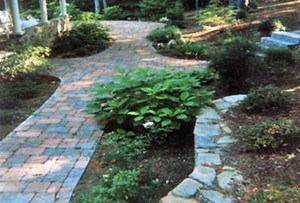
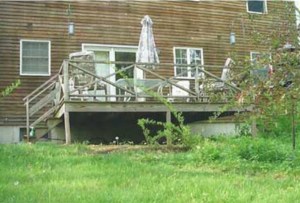
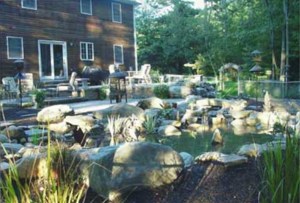
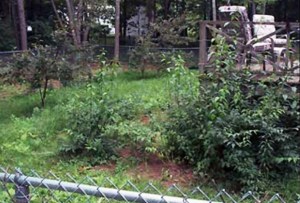
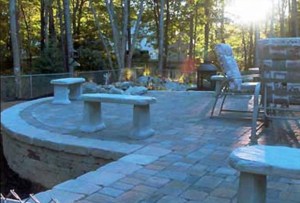
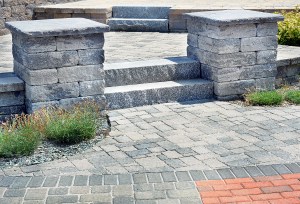
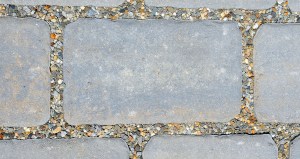
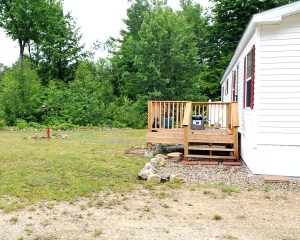

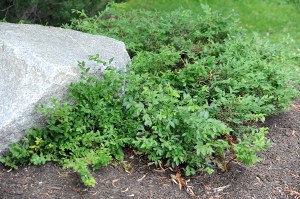
Comments are no longer available on this story